A mud kitchen provides a fantastic outdoor play experience for children, allowing them to engage in imaginative and sensory activities. Children can mimic what they see adults doing in the kitchen—making herb and lemon tea, mud pizzas, magical potions, soups, and stews.
Whether you build one yourself from old wooden pallets or purchase one from a store, mud kitchens can be adapted for various settings. We’ve evolved from our homemade version to more substantial varieties: one at the allotment, another in the garden, and even a portable travel version.
Engaging Mud Kitchen Activities
1. Classic Mud Pies
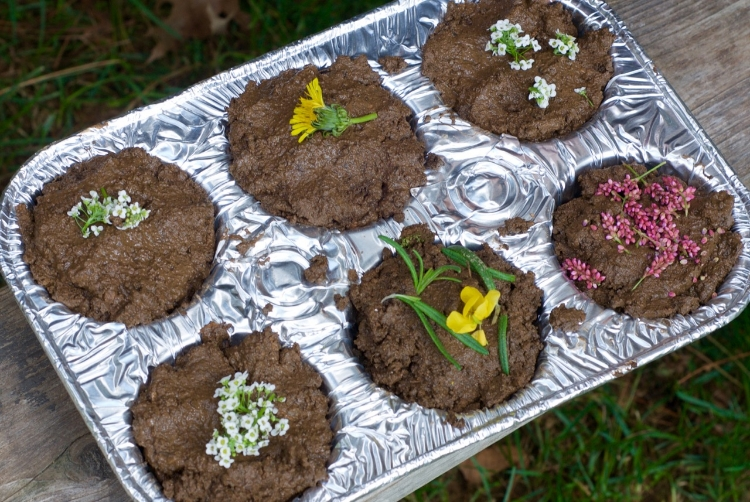
Children can create culinary masterpieces using various containers, mud, leaves, and other natural materials found in your garden or setting. Charity shop kitchen tools like mashers, whisks, and wooden spoons make perfect accessories.
2. Mud Mixing Station
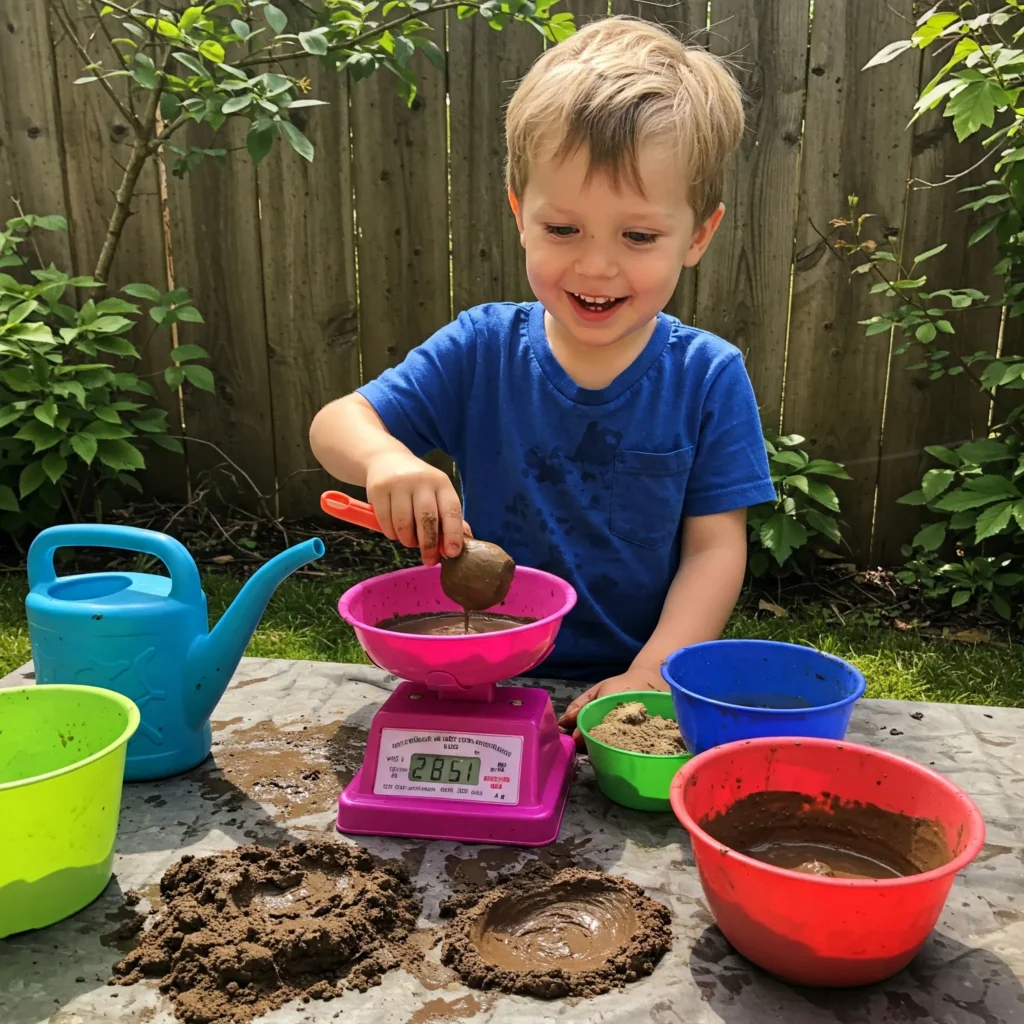
Set up a station with different containers and tools where children can experiment with mud of varying consistencies. This helps develop their understanding of textures and proportions. Consider adding scales, water, and sand to enhance the experience.
3. Nature Soup
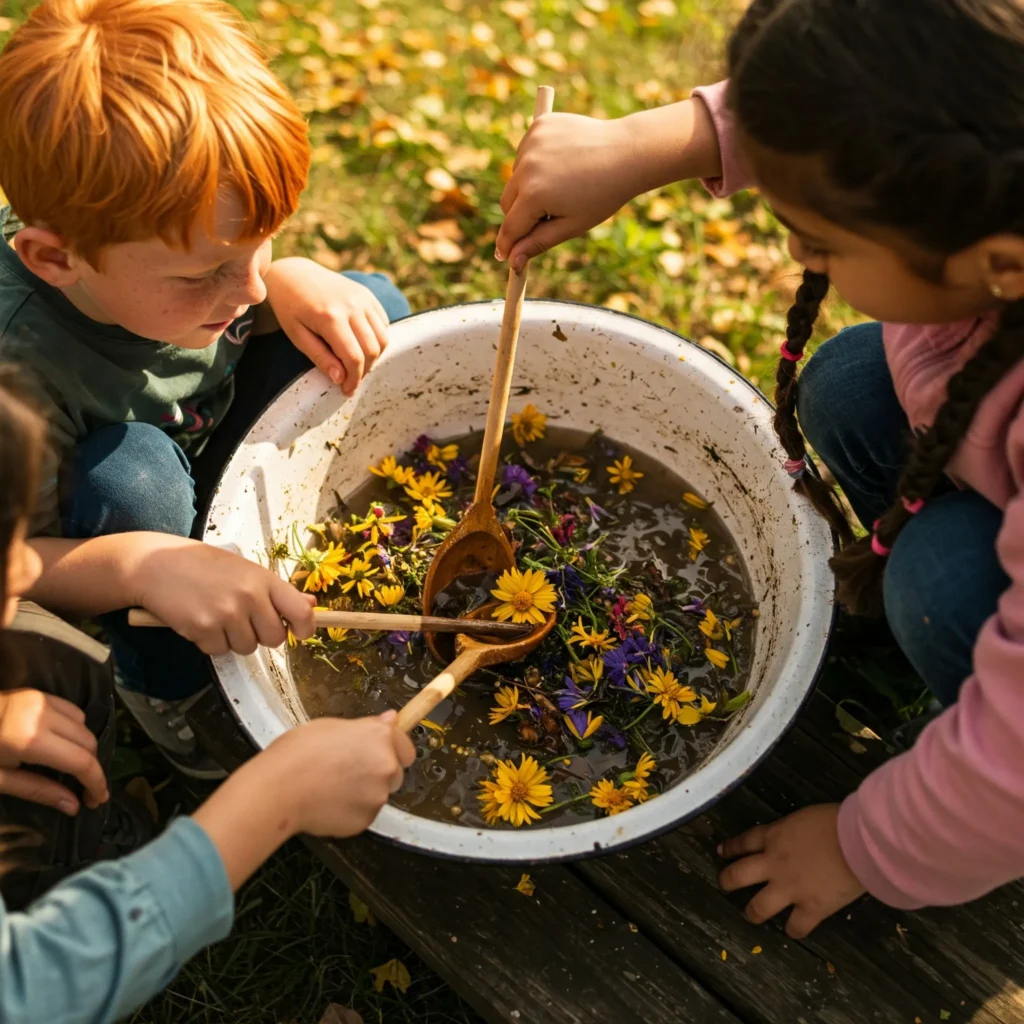
Encourage children to collect natural materials like leaves, flowers, and small twigs to create “nature soup.” These elements can be mixed with mud to concoct special brews that stimulate creativity.
4. Rock Painting
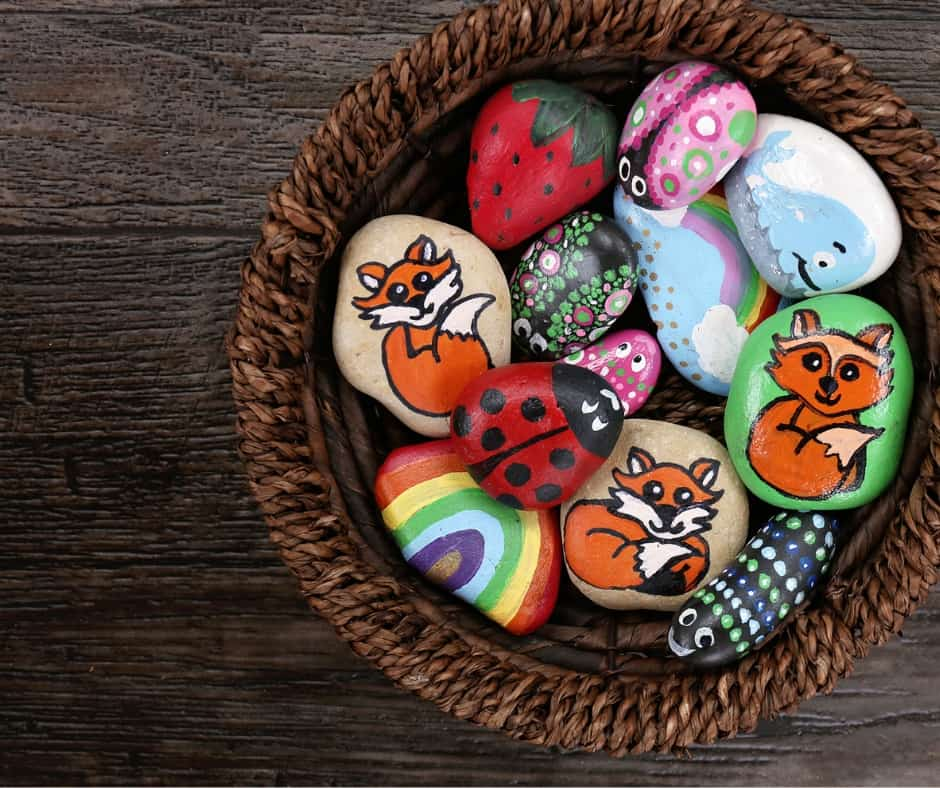
Provide rocks and pebbles that children can decorate with mud. This activity encourages artistic expression and exploration of natural materials in a new way.
5. Herb and Spice Exploration
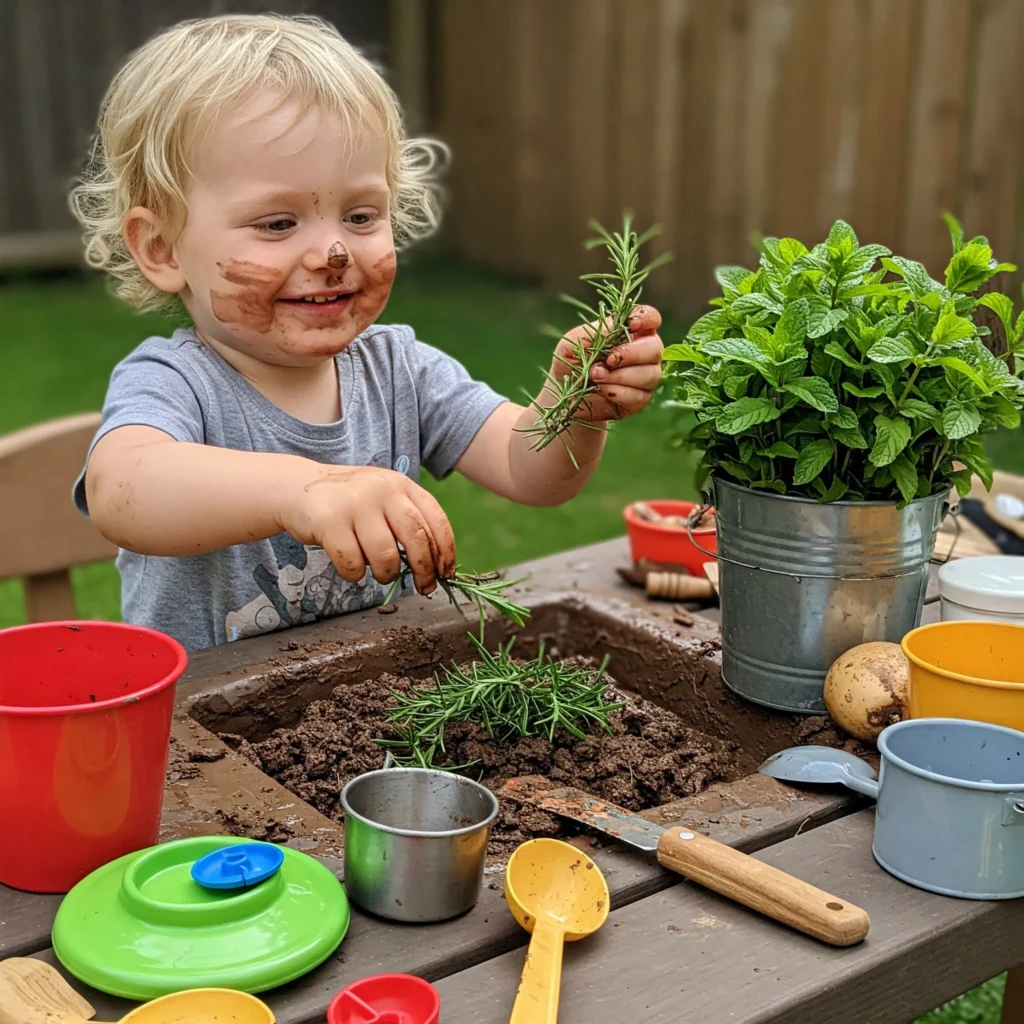
Introduce herbs and spices to add an extra sensory dimension. Children can experiment with different scents and textures as they incorporate these elements into their mud creations. Growing your own herbs from seed adds the excitement of watching plants develop.
6. Potion Making
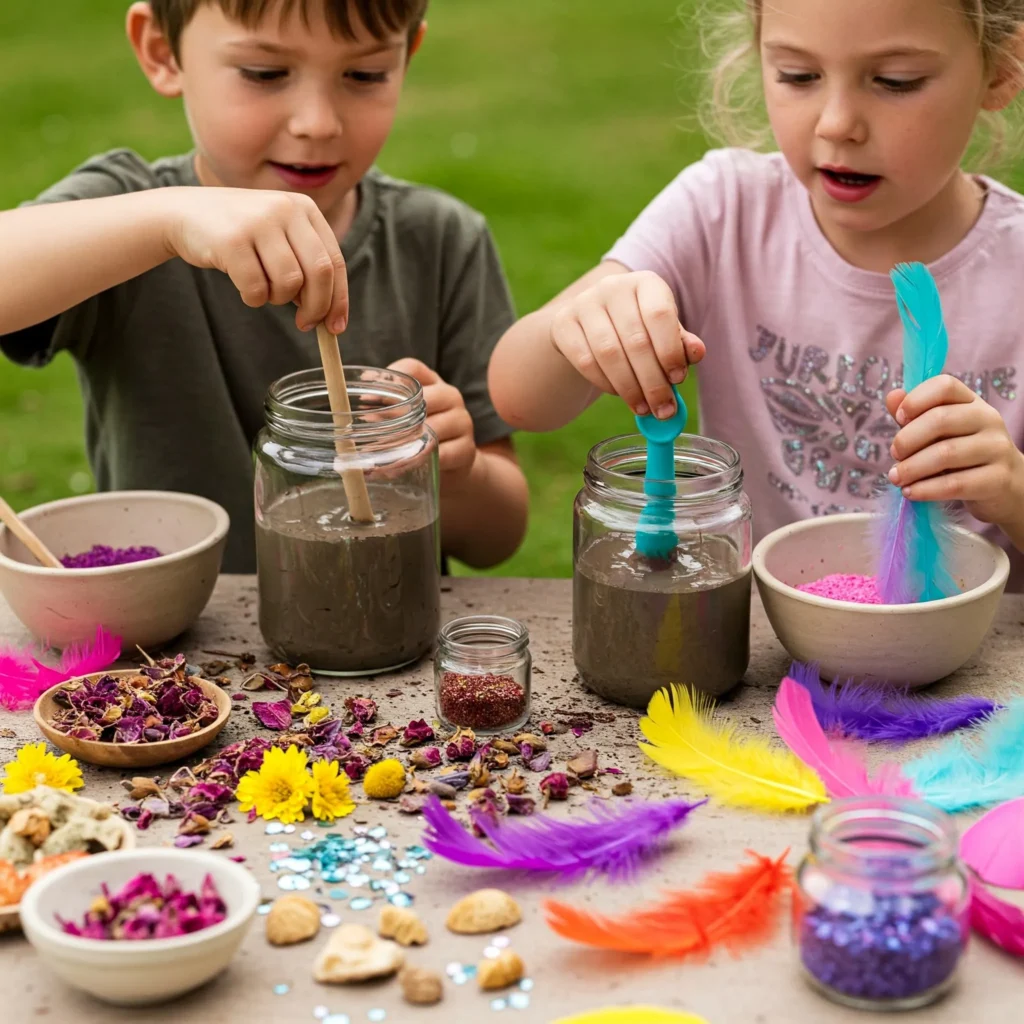
This activity involves mixing mud with various natural materials to create magical concoctions. It sparks imaginative play and storytelling as children develop their own special “recipes.”
7. Planting Seeds
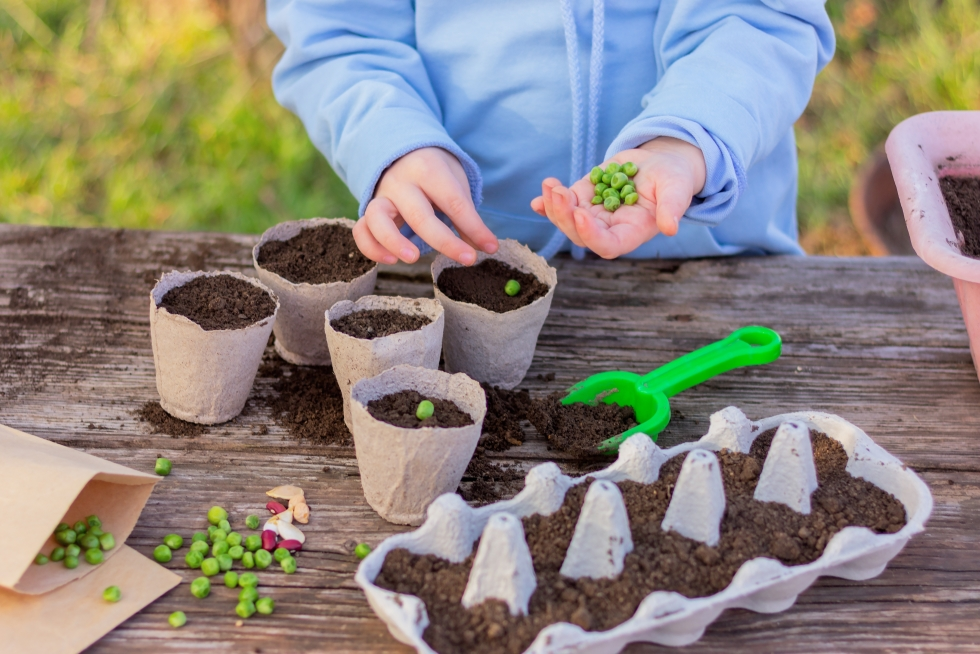
Incorporate gardening by providing small pots, seeds, and soil. Children can plant seeds and observe growth, learning about plant life cycles. Try herbs or pansies, which can later decorate the mud kitchen shelves!
8. Mud Printing
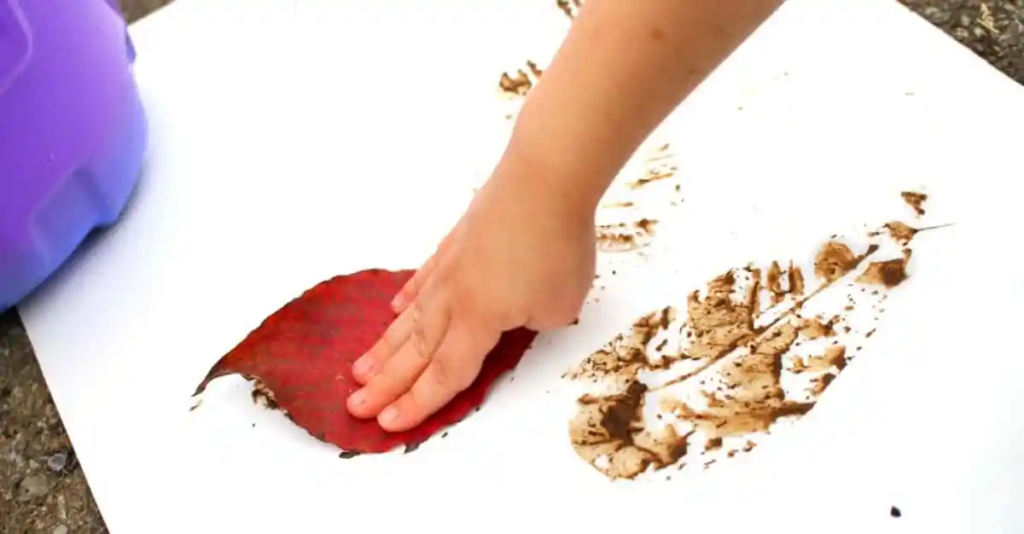
Press leaves, flowers, or textured items into mud to create prints. This combines sensory exploration with artistic expression in a unique way.
9. Natural Mud Paints
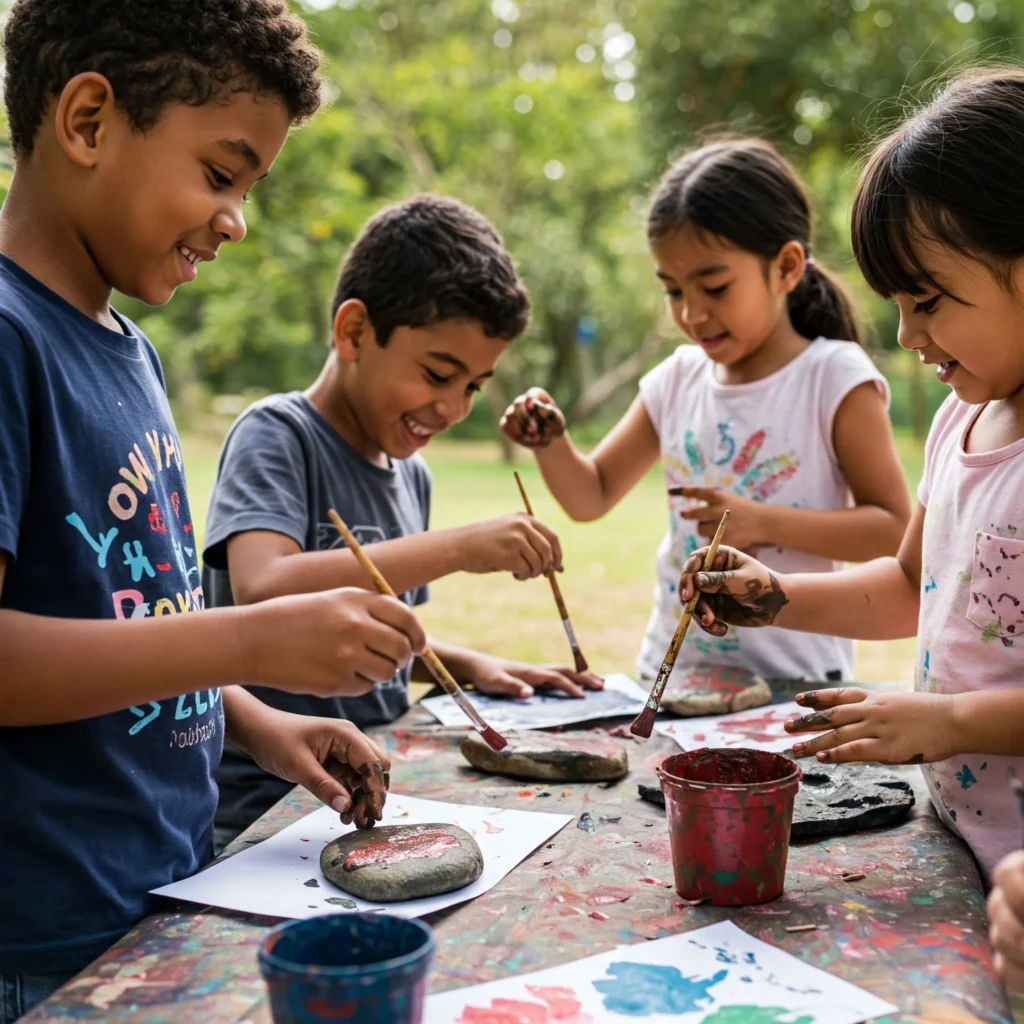
Mix mud with water and natural pigments like crushed berries or plant extracts to create eco-friendly paints. Children can use these to decorate rocks, leaves, or even make temporary body art on each other.
10. Dinosaur World
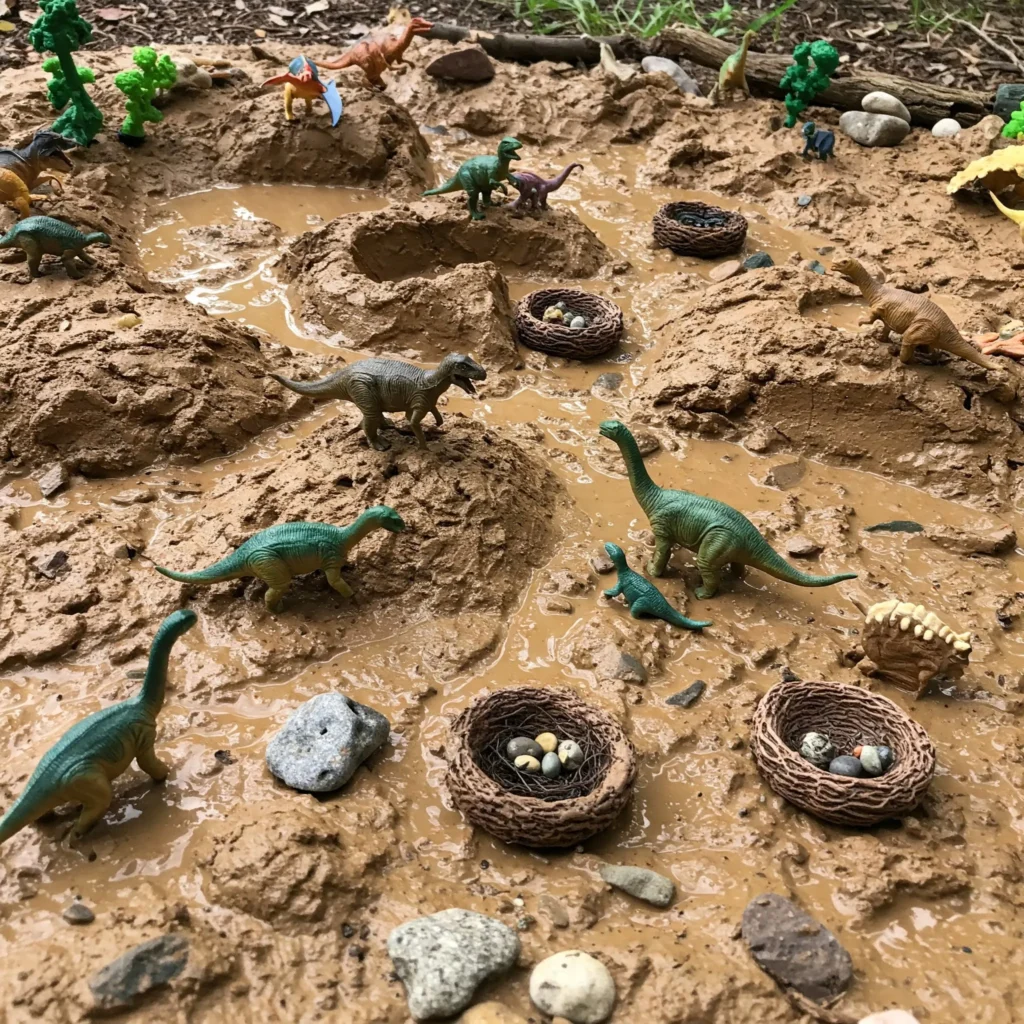
Create prehistoric landscapes in the mud using small plastic dinosaurs. Children can make muddy footprints, nests, and terrain features for their dinosaur adventures.
11. Pretend Cooking
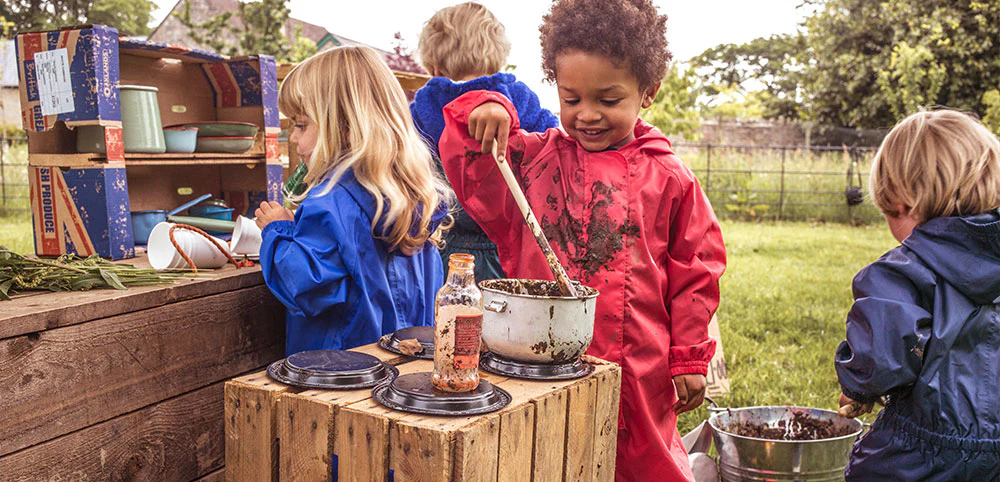
Encourage role-playing with mud “recipes” for pizzas, cakes, soups, and stews. These imaginary culinary activities help develop social skills and creativity.
12. Sensory Exploration
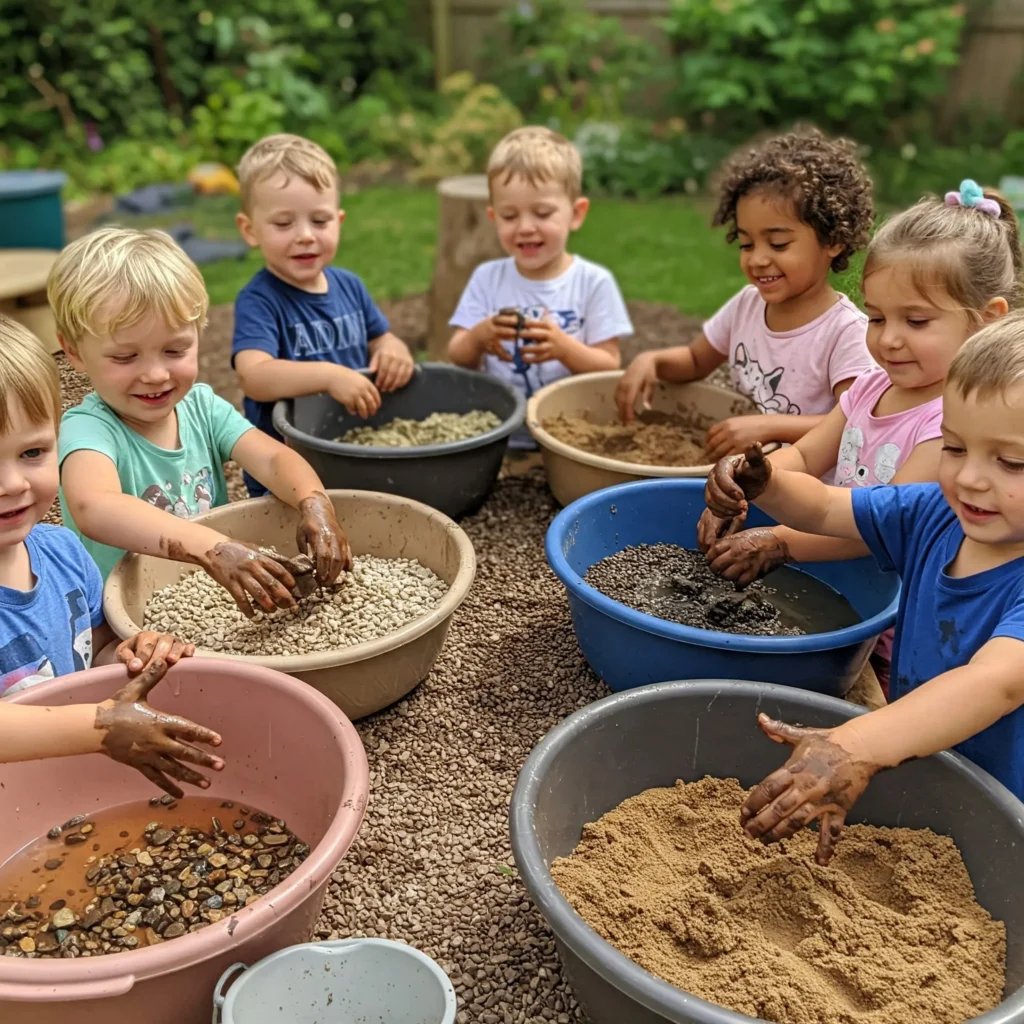
Include different textures like sand, gravel, or water in separate containers within the mud kitchen. This variety enhances the sensory experience and keeps play fresh and engaging.
13. Seasonal Activities
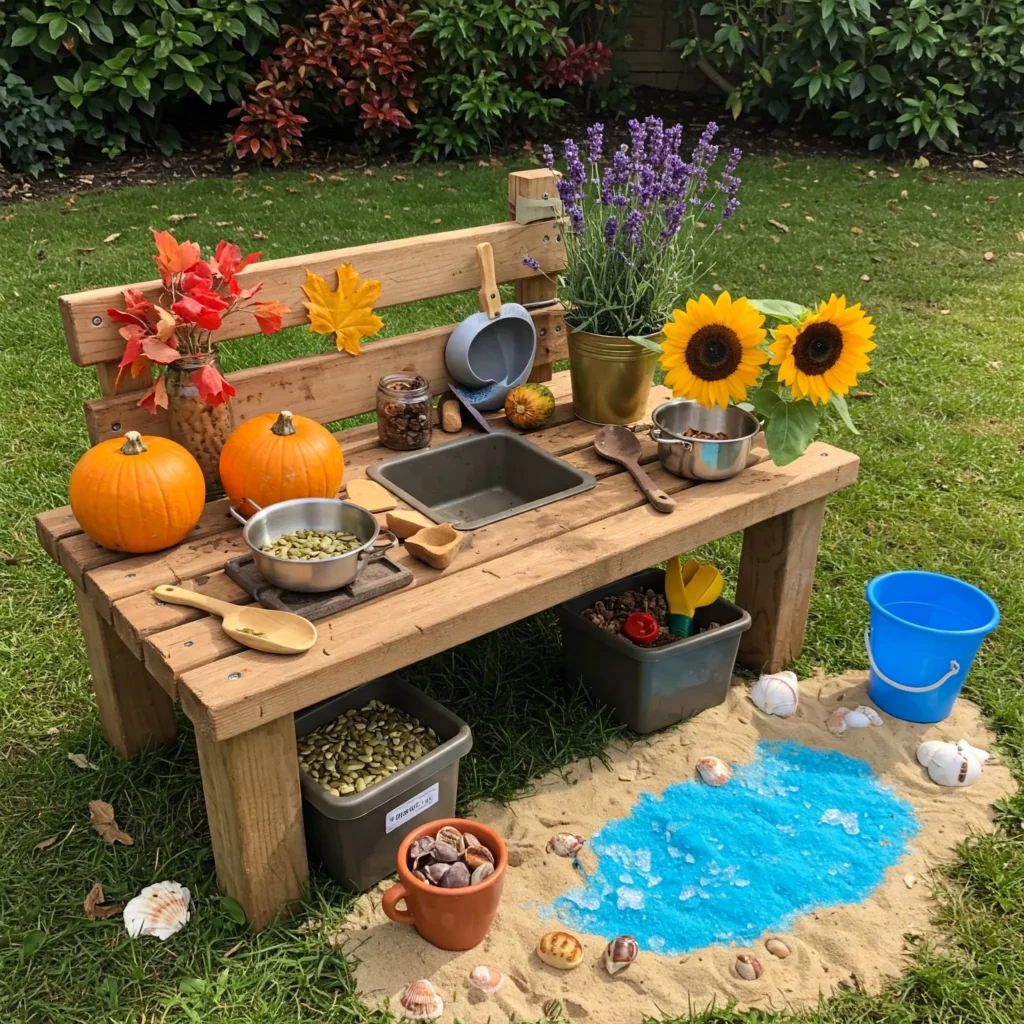
Adapt mud kitchen play to the seasons: incorporate pumpkins and seeds in autumn, lavender and sunflowers in summer, explore freshly fallen snow or ice in winter, and add shells and sand for beach-themed play.
14. Playdough Addition
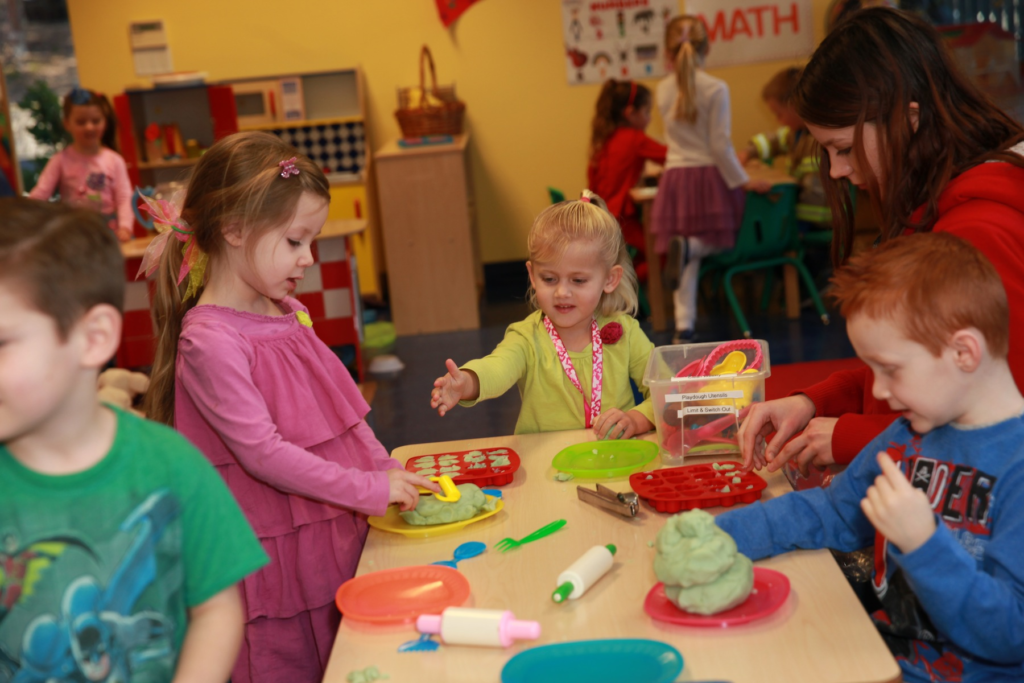
Complement mud play with playdough. Children can press natural items into the dough or make little cakes decorated with daisies or buttercups for a different creative experience.
Safety Tips
- Ensure the mud is free from harmful substances
- Provide aprons, old clothes, or all-in-one puddle suits
- Wellies are ideal for managing sloppy overspills
- Always wash hands thoroughly after play
Our featured mud kitchens are from Millhouse (available from Cosy Direct and other retailers) and Cosy Direct. Accessories sourced from Cosy Direct, Yellow Door, charity shops, and Amazon.

